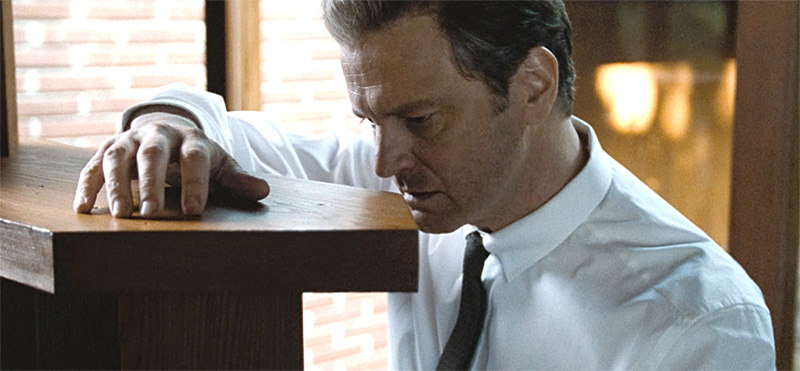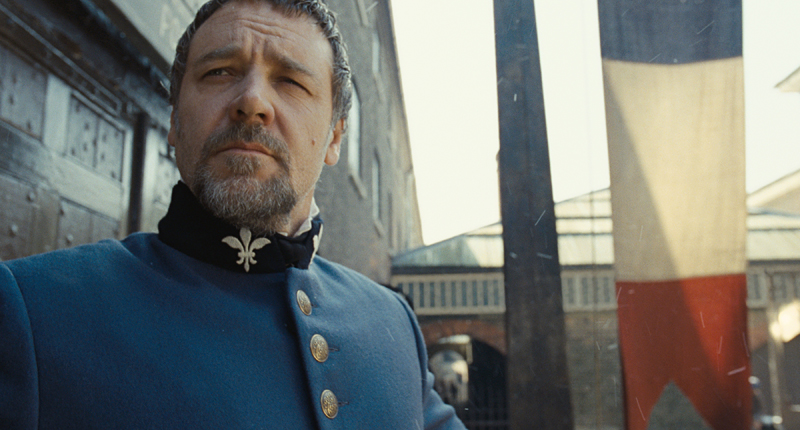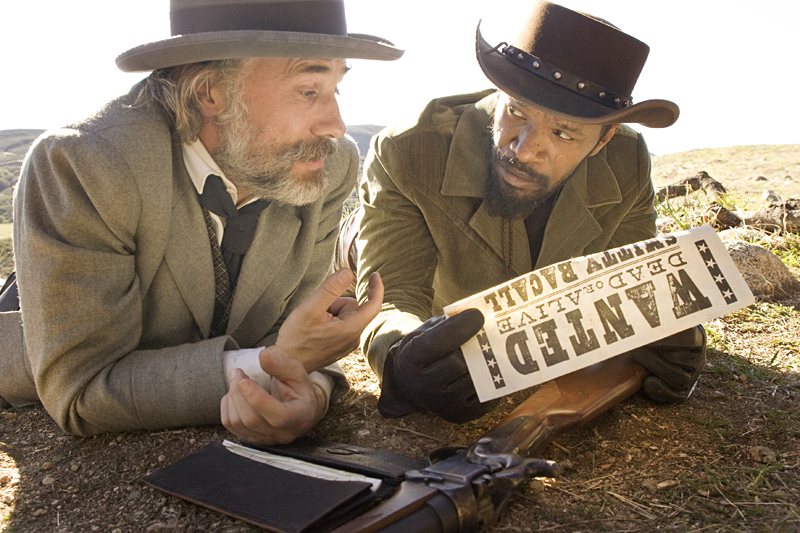Too much is never enough for fashion designer-turned-filmmaker Tom Ford, whose debut feature flaunts its capital-A Artiness the way some Napoleonic gym rats flaunt their overdeveloped musculature. Unlike his fellow art-house Michael Bays—Julie Taymor, Julian Schnabel, and Baz Luhrmann—Ford doesn’t whip his camera into dizzying blurs, chop his scenes into abstract fricassées, or subject us to elaborate acid-flashback fantasy sequences; he does, however, share their affection for art direction over actual direction, and for extravagant surfaces over the lower depths of meaning and emotion. Based on Christopher Isherwood’s 1964 novel, Ford’s A Single Man is nothing if not a master class in sartorial excellence (“Wardrobe for Colin Firth Provided by Tom Ford Menswear,” state the credits), freshly exfoliated skin, and modern Southern California architecture. Not a hair or a shaft of light appears out of its careful place. Think of it as Vogue Hommes: The Movie.
Ford, who also co-wrote the screenplay, hews fairly close to the events of Isherwood’s slender, elegant novel—one of his best—which encompasses a day in the life of George Falconer (played in the movie by Firth), a British expat teaching English at a small Los Angeles college around the time of the Cuban Missile Crisis and, as the story begins, mourning the recent death of his longtime lover and companion, Jim. Over the course of George’s day, he endures the casual homophobia of his smiling suburban neighbors, lectures on Aldous Huxley to a classroom of complacent, uninterested students, and drops in for dinner with his big-haired, gin-swilling divorcée confidante (Julianne Moore), all the while pondering his station in life and what—if anything—our brief time on this earth really means. Eventually, the prof ends up drowning his sorrows at a local watering hole, where he happens upon his fair-haired, flirtatious student, Kenny (Nicholas Hoult), who challenges him to a late-night skinny-dip in the Pacific and subsequently follows him home, perhaps not just to towel off.
Ford, who discovered Isherwood’s novel in his early 20s, has said he was “moved by the honesty and simplicity of the story.” Simplicity, however, is not his strong suit on the big screen any more than it was on the fashion runway (where, after one 2000 show, the London Independent credited him with “adding the porn-star look to Milan’s increasingly flamboyant portfolio”). Gussied up with enough stylistic fireworks for several Fourth of July parades, A Single Man lets you know what you’re in for early on, with a tedious opening-credits sequence set over a nude Firth writhing about in a bottomless sea (a ploddingly literal interpretation of a metaphor from the novel’s final pages), followed by an equally protracted montage of George going through his daily grooming rituals—a practical primer in how to be Mr. Ford, minus the impeccably cultivated five o’clock shadow.
No more than 10 minutes in, the movie already has the feel of an exquisitely preserved corpse laid out for viewing, which may be partly intentional given that the director has also decided to amplify Isherwood’s melancholic tone by turning George from a mild depressive into a full-blown suicide case. But his greatest concession to Style (and to sheer folly) comes in the form of the desaturated color palette he concocted with his cinematographer, Eduard Grau—a funereal parade of blacks, grays, and browns that periodically erupts into full-blown Technicolor whenever George feels a flush of passion and an accompanying rush of blood to his lower extremities. One can think of any number of actual porn films with a less obvious touch and more genuine feeling.
Along the way, Ford doffs his hat to such fellow cine-maximalists as Antonioni, Wong Kar-wai (whose In the Mood for Love composer, Shigeru Umebayashi, shares credit for the movie’s thunderous, pseudo–Philip Glass score), and Alfred Hitchcock (via a building-size Psycho poster looming like a sentry over George’s brief encounter with a Spanish hustler in a liquor-store parking lot), which only serves to underscore those filmmakers’ innate ability to transfigure style into content, artifice into art. Whereas Todd Haynes, a semiotician by training, used the carefully manicured 1950s hedgerows of Far From Heaven—another obvious influence—as a window to the era’s pervasive psychosexual repression, A Single Man, with one significant exception, gives us only a series of immaculate poses.
The exception is Firth, who, in spite of Ford’s best efforts to turn him too into another piece of movable scenery, manages to convey a real human soul stirring beneath George’s petrified façade—the sense of a vulnerable man, fundamentally uncomfortable in his own skin, who has lost the only person who ever allowed him to lose sight of himself. His performance is an island of honesty and simplicity swallowed by a sea of excess.








